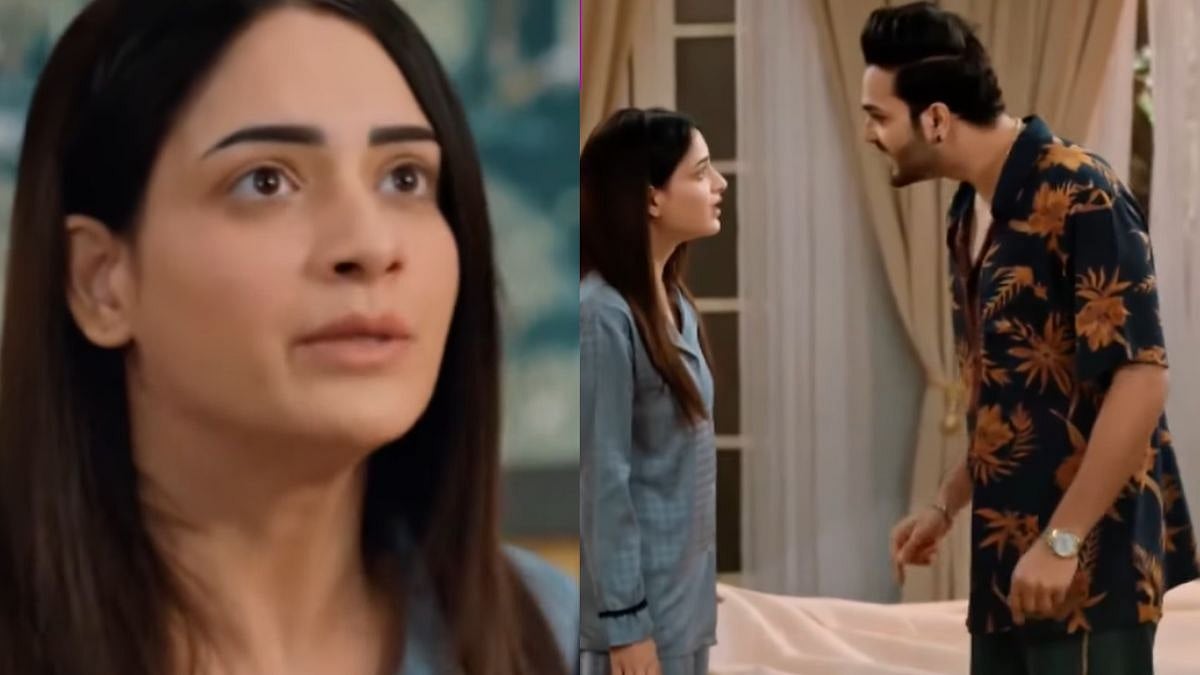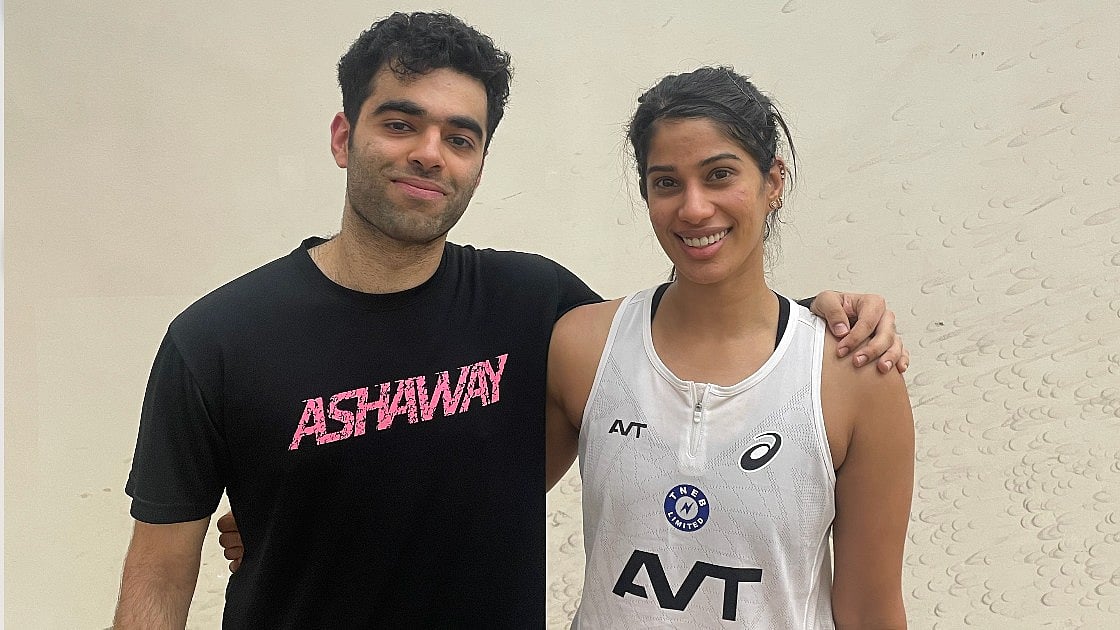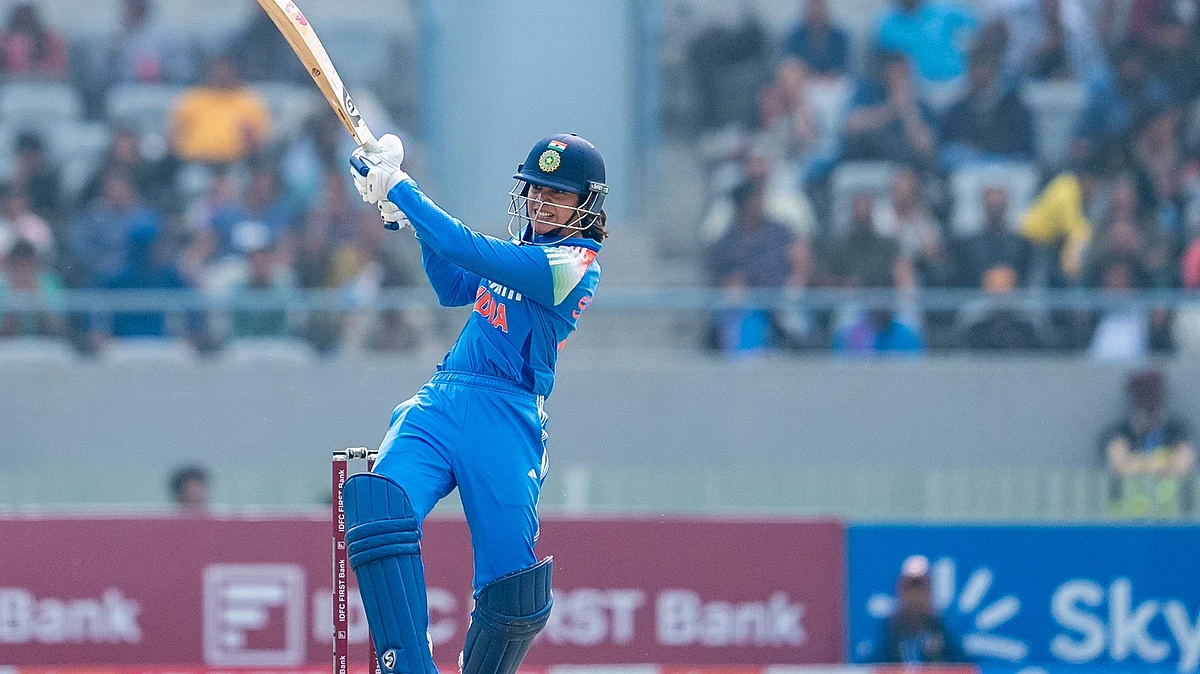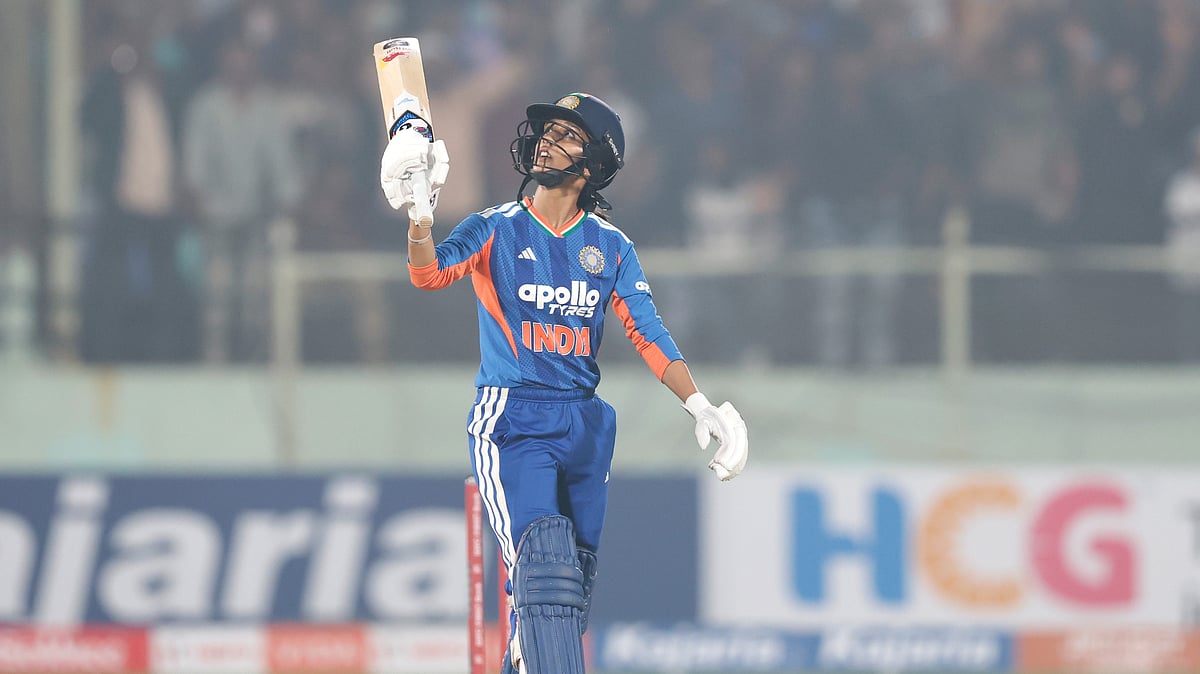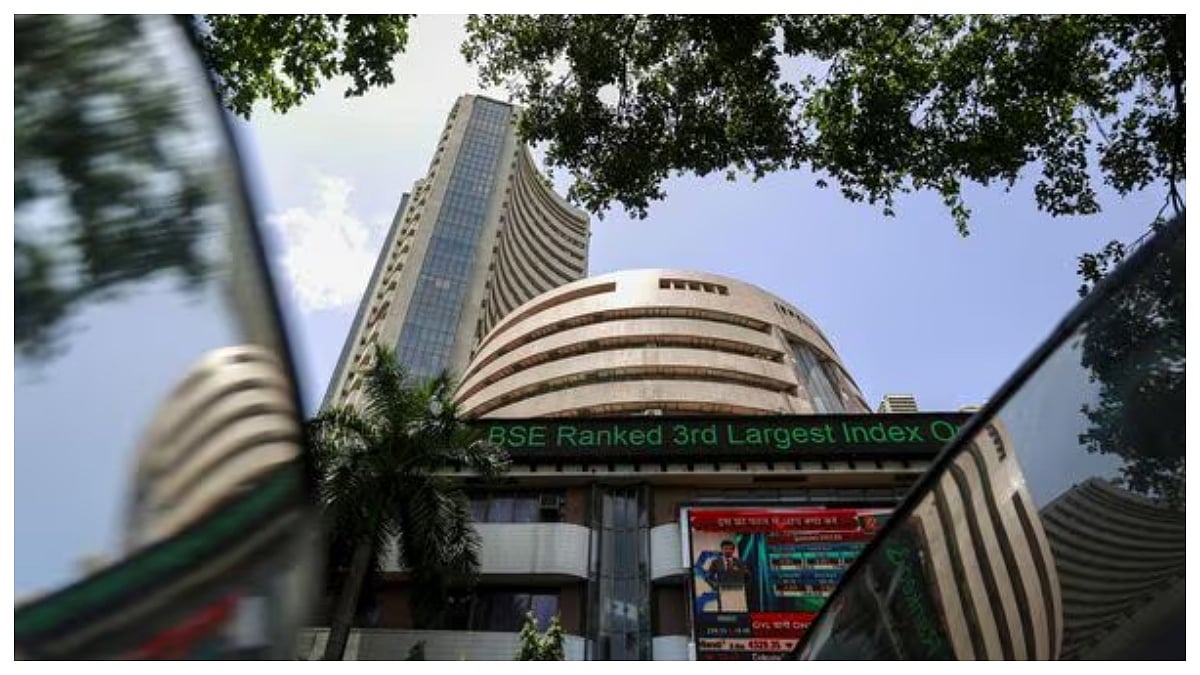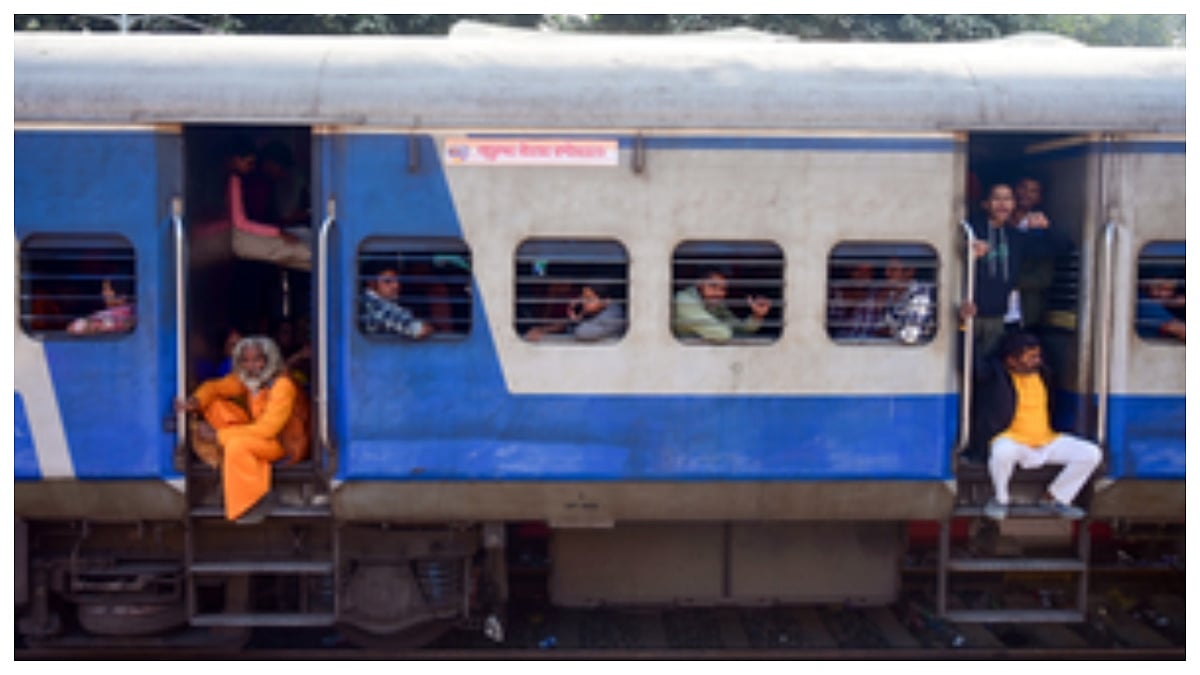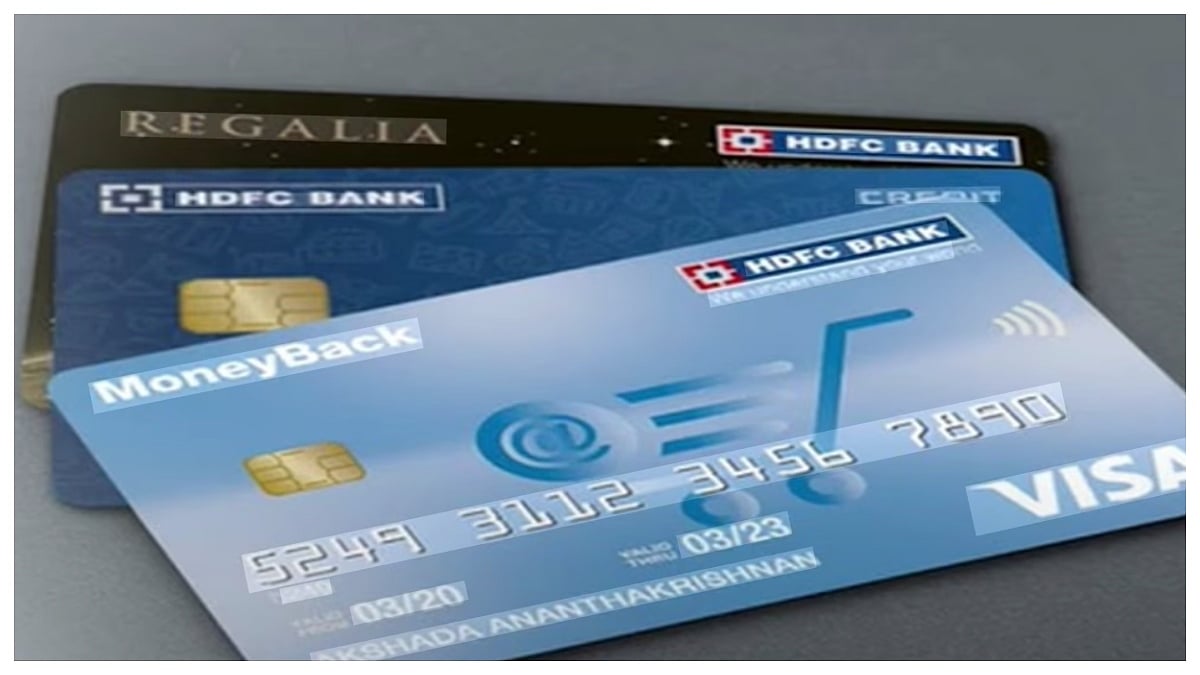SHASHANK SRIVASTAVA, Executive Director, Maruti Suzuki India Limited (MSIL), talks of his great love affair with cars that began at age 13, tending to his father’s Morris in Bhopal. He shares his learnings over 32 years of working with India’s biggest automobile manufacturer, while expecting a recovery for the industry at large, and iterating his belief that happy, motivated people always produce great results
A LOVE AFFAIR WITH CARS
I have always had a great passion for cars. I first drove a car at 13 years of age, when I was in the 7th standard – though it might not have been entirely legal! My father was a senior government officer posted in Bhopal, and we had an old Morris car, that he would let me wash and clean for him. Those days, you needed to heat up the car and fill water in the radiator. I enjoyed doing it, and cleaning and starting the car. Once in a while, I used to drive the car a bit to park it in front of the house. It progressed to surreptitiously taking the car for a round in the neighbourhood. That's how I began learning and getting attached to cars, and a sort of love affair started, which found expression in my professional life later. I joined Maruti Suzuki immediately after I passed out from IIM Ahmedabad in 1989. I was initially put in the office of the then MD, Mr R C Bhargava, who is now the Chairman of Maruti Suzuki. I got to interact with him a lot at that time, albeit as a junior person new to the organization. Over nearly 32 years in the company, I have been in various functions of marketing and sales, with stints in the North and South, before I became Head of Marketing. I also headed International Marketing a few years before I became the Executive Director for Marketing. Through it all, the biggest lesson for me is that you have to always put consumers as the focus of whatever you do, be it planning for the product, pricing or positioning - you have to know the consumer. Especially for cars, it's quite difficult - because a consumer is there with you for almost his whole life, unless he goes out to your competitor, and there are multiple purchases during his lifetime. He also needs service of his vehicles, and after-sales service. My second lesson is that consumers change very fast. I learnt it the hard way, as we found the market shifting, not only across segments, but also with regard to preferences of consumers about features they want in a car, the power requirement, the premiumness of the product, and so on. India is a growing market, and very dynamic as well. The third lesson I learnt is that India is not really one market. Consumers in different parts of our country behave almost as if they were in different countries, or cultures. When I tried to replicate some lessons of marketing from my posting in Lucknow at Bangalore, it did not work as the markets were totally different.
Over the years, I have matured not only as a professional in marketing, but also as a person. I have learnt to be resilient, and to be flexible and changing as the markets and the consumers change. Of course, you have to have more empathy and develop a keen sense of fairness, when you deal with thousands of subordinates. You need to uphold your integrity. You realize that these are really the important things - not so much the knowledge, which seemed more important at the beginning of your career.
CONSUMERS IN COVID TIME
In the last one-and-a-half years, consumers have become more sensitive to health and safety, and are moving away from public transport and towards personal mobility. That is a big change and a good sign for demand in the industry. There’s also telescoping of demand - in view of lost or lower incomes, people downgrade their choices in terms of segment. In the automobile industry, about 80% sale is retail, where people opt for finance. Now, they want more specific products in finance, such as low EMI in the beginning and higher EMIs later because they expect their incomes to bounce back. So, we have the Step Up scheme where the EMI keeps increasing as time goes. In terms of geography, demand has gone up in rural areas. People are consuming more media digitally, so OOH and Print have suffered. Television and Marketing through digital have gone up. The quantum of first-time buyers has increased. Replacement car buying has come down; as people are taking longer to upgrade. Design preferences, for example within SUVs - have also gone up. People are trying to complete their buying process as much as possible on the digital platform. Today, there are 26 touch-points in a consumer buying journey; about 25 of them are digitized at Maruti Suzuki - delivery is the only point which has not yet been digitized. You probably saw the next best to digitization of delivery in Star Wars. We can’t do that at the moment! Though we offer home delivery, only 7% of consumers take delivery of the car at their homes, because they want to make a song and dance about the delivery, soften with the family in attendance, making it an occasion. Some people even bring their pandits to do puja for the new car. In fact, some of our dealers have appointed full-time pandits for this very purpose!
HITTING THE RIGHT SPOT
One big plus point for Maruti Suzuki is that we have been able to maintain our market-share by giving consumers exactly what they want. For that, we keep scanning the environment to see if there are any white spaces (high demand, clear field), blue spaces (high demand, few players) or red spaces (there is demand, but we are not present), where we can come in. Though we are at around 50% market-share overall, we do realize that unless we maintain good market-share in the SUV segment, it may be difficult to keep that up. Our market-share is hatchbacks (67-68%), MPVs (60% -61%), vans (95%+) and sedans (nearly 50%). The only place where we have less share than we desire is in the mid-SUV segment, where cars like Hyundai Creta and Kia Seltos are doing pretty well. The only SUV we are relatively comfortable with is the Brezza. So this SUV segment is the red spot we want to target and some action is definitely imminent. Meanwhile, we have started production for the export model of the yet-to-be-launched Jimny just a few months back. Market research is on about when and how to introduce the Jimny in India; at what price and so on. The lifestyle SUV segment is evolving fast, and we do need to hurry up and be present in this space.
TRUST: TRUE DIFFERENTIATOR
In COVID times, it is above all a human situation. Consumers are not really looking at us from a business perspective, and we are not trying to push our business objectives first. At the same time, it is a unique opportunity to build the brand, because trust has become the new currency of brand differentiation. So, we are doing a lot of things for employees, for dealers and also for the public. We tied up with some companies to produce oxygen concentrators, and gave them to hospitals which were in dire need of them. Last year, when the country did not have enough PPE kits and ventilators, we got into ventilator and PPE kit-making. We have also been distributing food and providing transport for people around our factories in villages around Manesar and Gurugram, besides organizing vaccination camps for our employees and dealership employees. We have also been paying attention to the mental well-being of employees through web events, yoga sessions and tips on reducing stress.
HOPEFUL ABOUT RECOVERY
For the first time in history, April last year saw zero automobile sales, thanks to total lockdown. From that position, we saw a big bounce-back in Q2 and Q3. Q4 saw record months for us, as also for the industry. In 2021, we ended up with a retail figure higher than that of 2019-20. May has been bad, but now there is a bounce-back with more unlock happening. Most of our 3,145 sales outlets were closed in May, but now, about 75% of them are open and we are seeing gradual revival in terms of bookings. Going forward, I am very hopeful that we will recover, like we did last year. Of course, the second wave of COVID brought a more negative sentiment, because of the sheer number of fatalities and larger geographical spread, including rural areas. So, rural areas may not lead the bounce-back, although the fundamentals of the economy still remain quite good for the rural economy. However, I am apprehensive about forward projections on demand for this year, as it all depends on sentiments relating to COVID, and how quickly the second wave disappears. If we are vaccinated before the third COVID wave comes up, we may see a very good, positive sentiment. I am very bullish about the long term and hope to see 6-8% growth coming through in the next few years, provided of course that there are no regulatory changes which make cars very expensive. Hopefully, the Government will take care of that.
EMPATHY AND FAIRNESS RULE
My golden rule when dealing with people is empathy and fairness, as I try to get the best out of them. To get the results you want, you have to make people feel nice, happy and motivated. Then you don't even have to monitor them too closely. I believe in empowering people.
I play a lot of chess – in fact, I've been a State player earlier. I read a lot. During the lockdown, I tried my hand at cooking, as I secretly harbour ambitions to go to the Masterchef show. But what my wife and two daughters had long suspected came true - I clearly proved that I have no talent for cooking; hence I don’t stand a chance! Food, while it may look simple from the perspective of the user, is just like any other business - you have to pay attention to the details. You have to match and optimize the taste of all people who are going to consume it. Good ingredients, presentation, plus talent and technology (temperature regulation, et al) have to come together. I could not make the wife happy, but I did pick up some good managerial lessons from my experience!
Hatchbacks are roughly at 46-47% of the market in the industry. SUVs are now at about 32% and MPVs, i.e, the larger vehicles like the Ertiga, Toyota Innova, etc, are at 7%, the balance being mainly the vans, which are at 7-8%, and sedans at about 11% - this segment having come down by as much as 23% in the last year-and-a-half, while SUVs have gone up dramatically from about 16-17% to 32%. First time buyers went up by about 5% last year. Replacement buying came down from 26% to about 19%. Additional car buying has been at about 30-31%, having gone up a little bit. The average price of premium cars has come down a notch in the last year.

